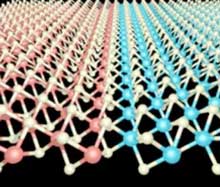 Continuous process for engineering 2D transition metal dichalcogenide (TMDC) heterostructures.
Continuous process for engineering 2D transition metal dichalcogenide (TMDC) heterostructures.
Friday, June 28, 2019
Atomic 'patchwork' using heteroepitaxy for next generation semiconductor devices
 Continuous process for engineering 2D transition metal dichalcogenide (TMDC) heterostructures.
Continuous process for engineering 2D transition metal dichalcogenide (TMDC) heterostructures.
Medicines made of solid gold
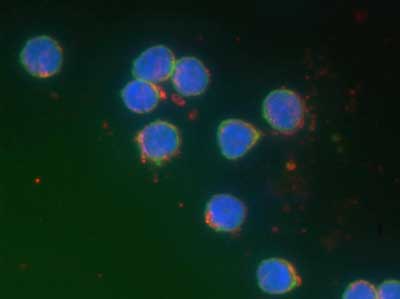 By testing a variety of gold nanoparticles, researchers are providing first evidence of their impact upon human B lymphocytes - the immune cells responsible for antibody production.
By testing a variety of gold nanoparticles, researchers are providing first evidence of their impact upon human B lymphocytes - the immune cells responsible for antibody production.
New material shows high potential for quantum computing
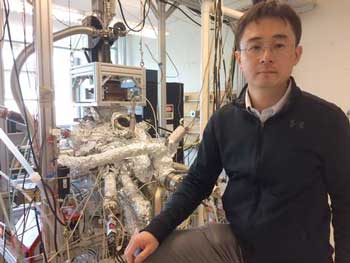 Researchers are getting closer to confirming the existence of an exotic quantum particle called Majorana fermion, crucial for fault-tolerant quantum computing - the kind of quantum computing that addresses errors during its operation.
Researchers are getting closer to confirming the existence of an exotic quantum particle called Majorana fermion, crucial for fault-tolerant quantum computing - the kind of quantum computing that addresses errors during its operation.
Confirmation of old theory leads to new breakthrough in superconductor science
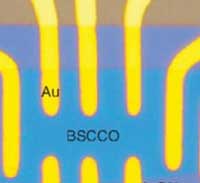 Scientists at Harvard have developed a superconductor that is only one nanometer thick. By studying fluctuations in this ultra-thin material as it transitions into superconductivity, the scientists gained insight into the processes that drive superconductivity.
Scientists at Harvard have developed a superconductor that is only one nanometer thick. By studying fluctuations in this ultra-thin material as it transitions into superconductivity, the scientists gained insight into the processes that drive superconductivity.
Artificial DNA can control release of active ingredients from drugs
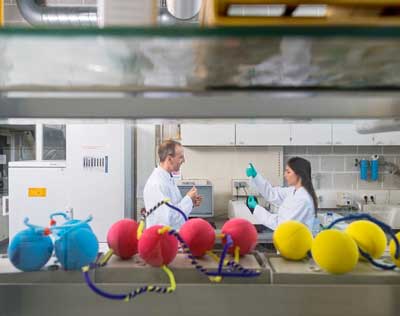 With a combination of hydrogels and artificial DNA, nanoparticles can be released in sequence under conditions similar to those in the human body.
With a combination of hydrogels and artificial DNA, nanoparticles can be released in sequence under conditions similar to those in the human body.
Advanced method for analyzing graphene oxide
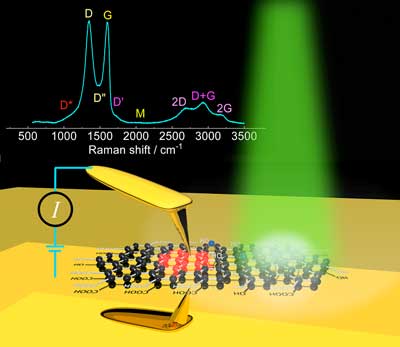 Researchers have developed a reliable method for analyzing the reduction of graphene oxide microregions. In contrast to earlier proposed methods based on Raman spectroscopy, this advanced method provides more exact data about unique properties of certain areas of the material of only a few micrometers in size.
Researchers have developed a reliable method for analyzing the reduction of graphene oxide microregions. In contrast to earlier proposed methods based on Raman spectroscopy, this advanced method provides more exact data about unique properties of certain areas of the material of only a few micrometers in size.
Subscribe to:
Comments (Atom)
